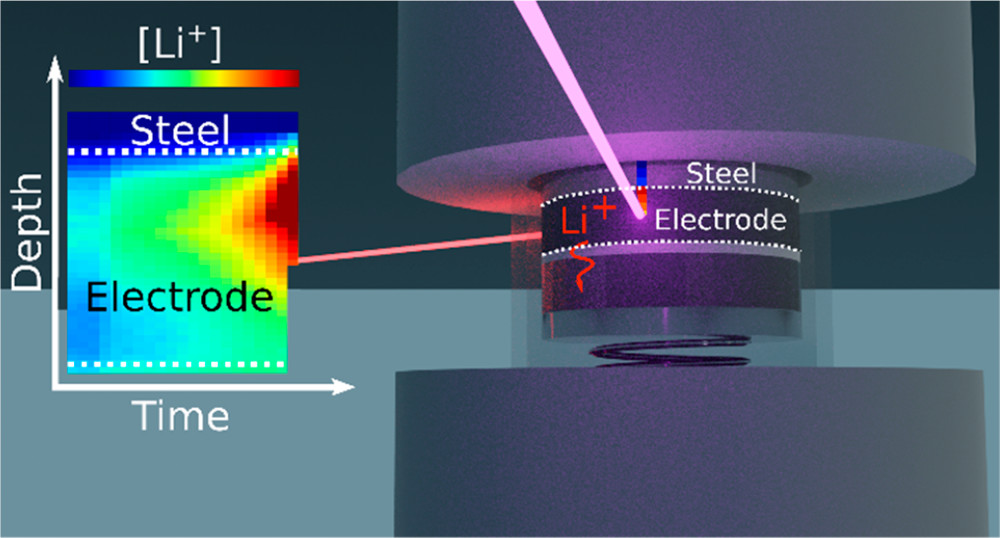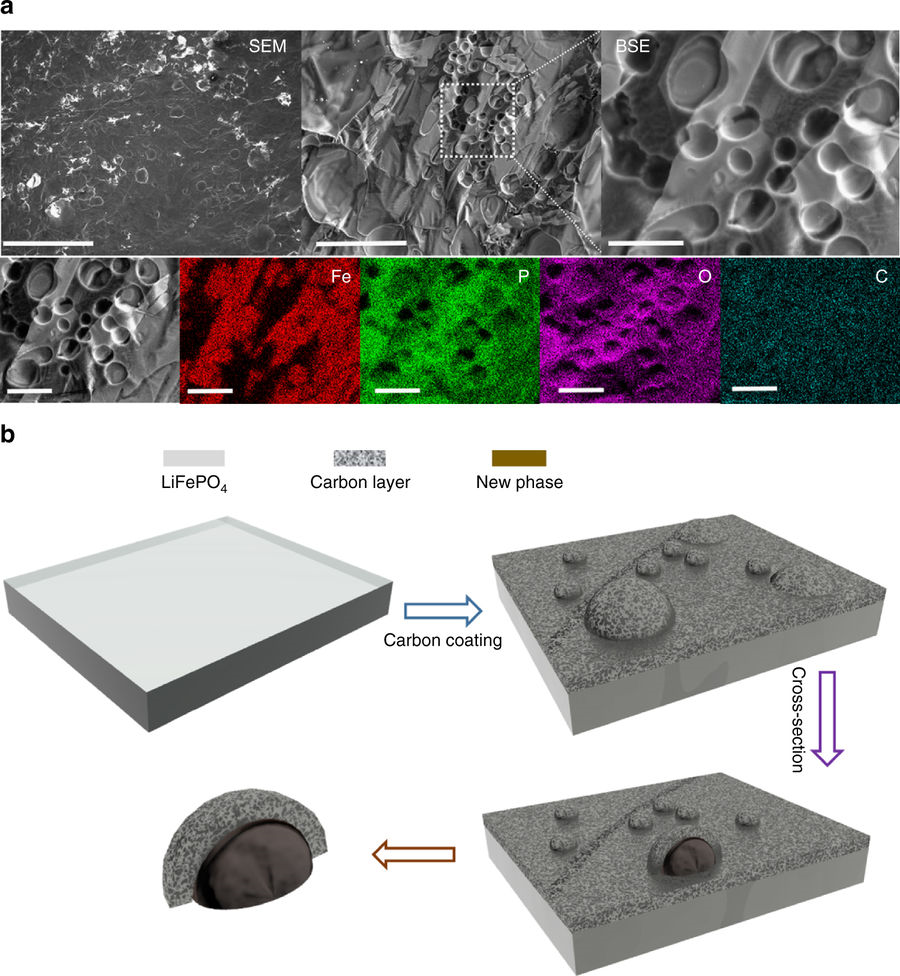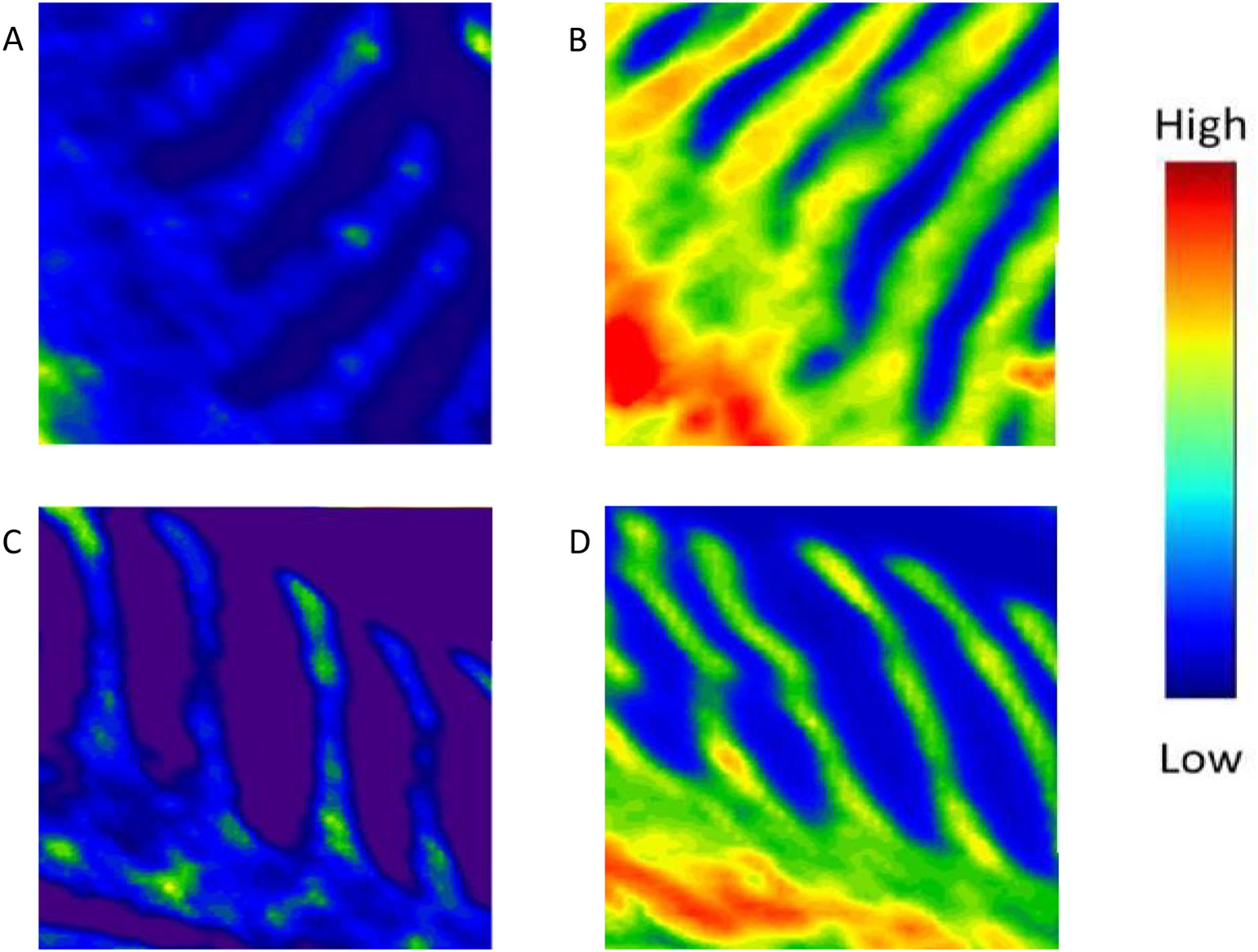
VESPERS:
Very sensitive Elemental and Structural Probe Employing Radiation from a Synchrotron
VESPERS is a hard X-ray microprobe beamline capable of providing a high level of complementary structural and analytical information. The techniques of X-ray diffraction and X-ray fluorescence spectroscopy are employed to analyze a microscopic volume in the sample, as well as X-ray absorption spectroscopy. Multi-bandpass and pink beam capability are built in to meet various requirements. A mm-sized beam is also available for the experiments.
* Long shutdown scheduled from May 27 to the end of 2024 to replace LINAC.
* Cycle 40 (Jan-Jun 2025) Call for Proposals closed; Review in progress.
Quicklinks
- CLS Homepage
- CLS User Portal
- Storage Ring Status
- Apply for Beamtime
- General User Access
- Student Travel Support
- Facility Access & Training
- Sample Shipping
- Reporting Publications & Acknowledging the CLS
- Photo Gallery
List of Publications »
- Lei, Peng-Xia; Liu, Shao-Qing; Wen, Qi-Rui; Wu, Jia-Yi; Wei, Xiaoxiao et al. (2024). Integrated “Two‐in‐One” Strategy for High‐Rate Electrocatalytic CO2 Reduction to Formate. Angewandte Chemie - International Edition . 10.1002/anie.202415726.
- Feng, Guo; Ma, QianYi; Luo, Dan; Yang, Tingzhou; Nie, Yihang et al. (2024). Designing Cooperative Ion Transport Pathway in Ultra‐Thin Solid‐State Electrolytes toward Practical Lithium Metal Batteries. Angewandte Chemie - International Edition . 10.1002/anie.202413306.
- Dong, Liwei; Luo, Dan; Zhang, Bowen; Li, Yaqiang; Yang, Tingzhou et al. (2024). All-Fluorinated Electrolyte Engineering Enables Practical Wide-Temperature-Range Lithium Metal Batteries. ACS Nano . 10.1021/acsnano.4c06231.
Latest News »
- Beamline Update: VESPERS XRF Viewer GUI available
- Research Highlight: Tracking of Solution-Phase Concentration Profiles in Li-Ion Battery
- Research Highlight: Origin of Moisture Stability of Halide Solid-State Electrolytes
- Research Highlight: An efficient electrocatalyst for CO2 reduction
- Research Highlight: VO2 microrod from the reduction of V2O5 thin films












